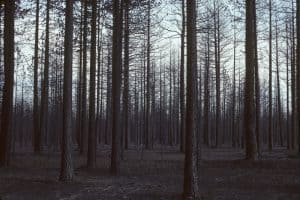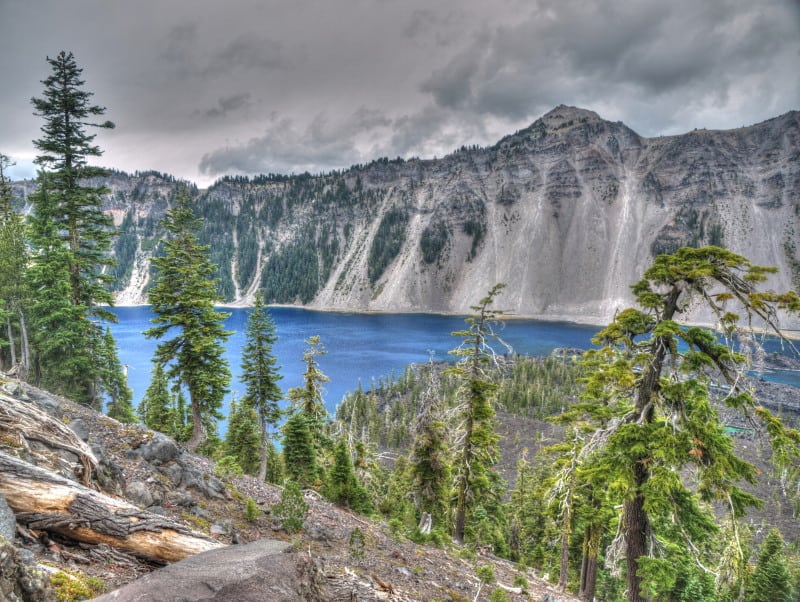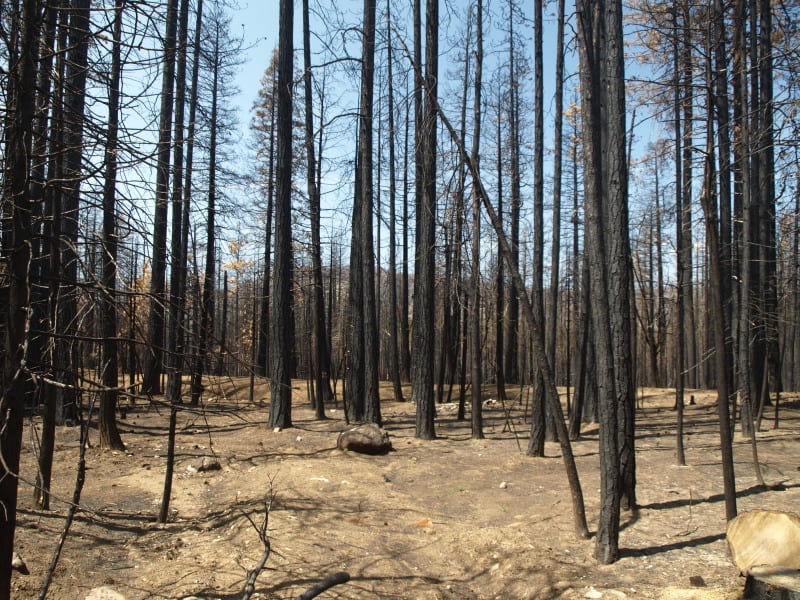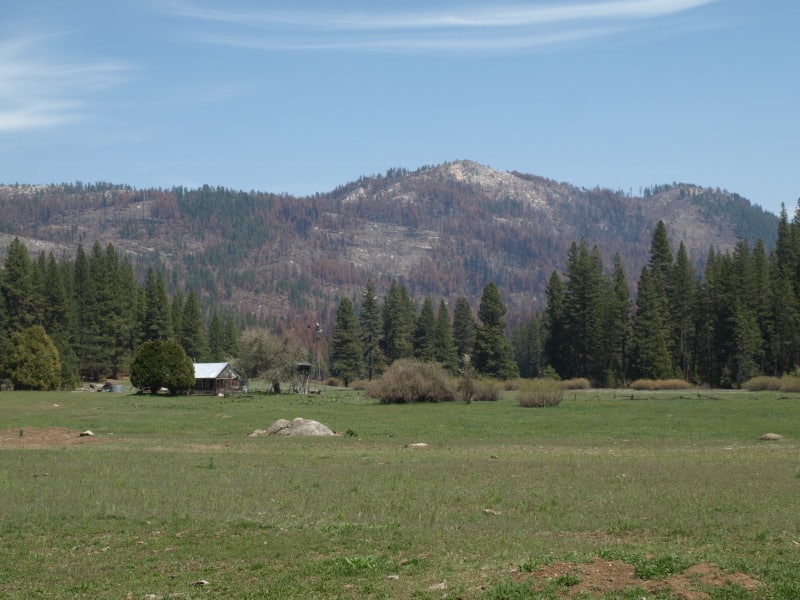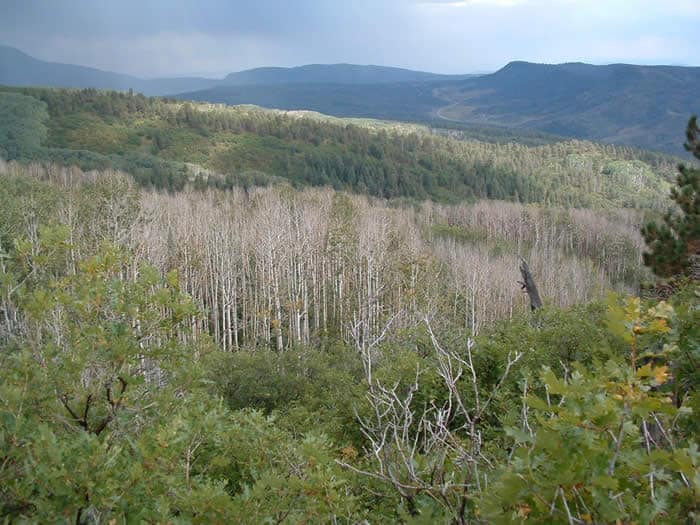The bark beetles started their invasion when I used to live there, in Mark Twain’s famous Calaveras County. Now it looks like it has reached epidemic levels, requiring emergency action, from multiple agencies.
http://www.calaverasenterprise.com/news/article_fbc896b8-7d6f-11e9-94ea-7b4b381822a0.html
Even with recent wet winters, tree mortality will remain a pressing issue as long as bark beetle infestations and drought conditions continue, said Brady McElroy, a hazard tree specialist in the Calaveras Ranger District of the Stanislaus National Forest.
“By no means is the issue going away,” McElroy said. “What the Forest Service has to focus on are the high priority areas, the immediate hazards to homes, roads and highways.”
In the long-term, McElroy said the Forest Service hopes to increase the pace and scale of thinning projects to restore overstocked forests that have been allowed for by a century of fire suppression.
“Our forests are overstocked, which increases competition (and) stressors on the trees, (and consequently) their ability to defend against bark beetle,” McElroy said. “The ongoing goal is to thin forests to a healthy kind of pre-European settlement stand to where they’re a little more resilient. We’re focusing on high-priority areas in the wildland-urban interface … We know what happens when these overstocked forests catch fire – we lose them.”
Diana Fredlund, a public affairs officer with the Stanislaus National Forest, said that although federal budget decreases have impacted the scale of the work for the Forest Service, the agency has been able to collaborate with private, county, state and other federal agencies and contractors for tree removal projects.
“We do what we can with what we have,” Fredlund said.
The Forest Service offers its own tree mortality program for homeowners with properties adjacent to Forest Service land. Property owners can fill out a Hazard Tree Evaluation Request Form to be considered for hazard tree abatement.

